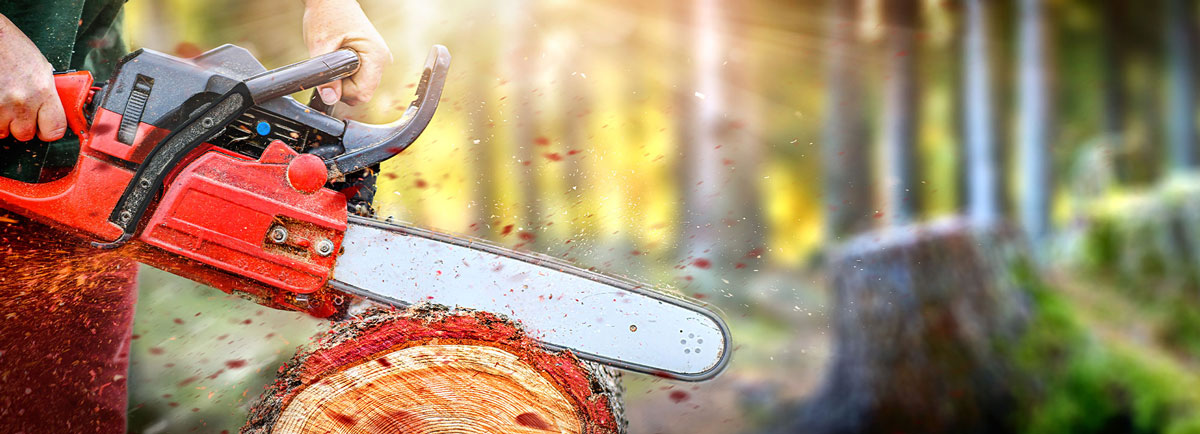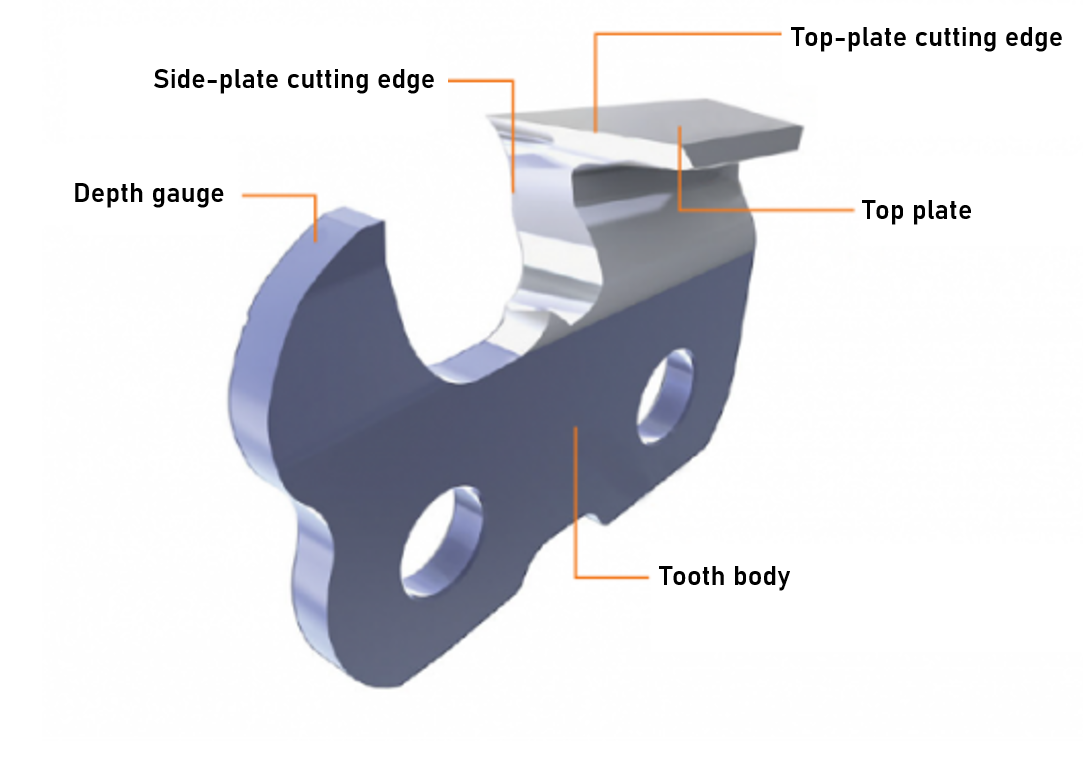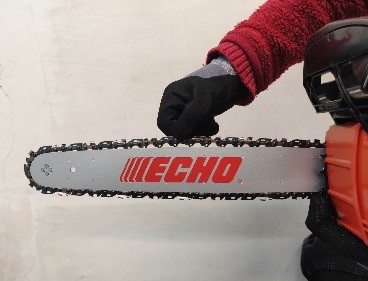A comprehensive guide to purchasing the most important machine for cutting and processing wood: the chainsaw.
The Complete Guide to help you choose the Best Chainsaw
by the Real Experts of Wood Cutting Machinery
CONTENTS
1. Safety first
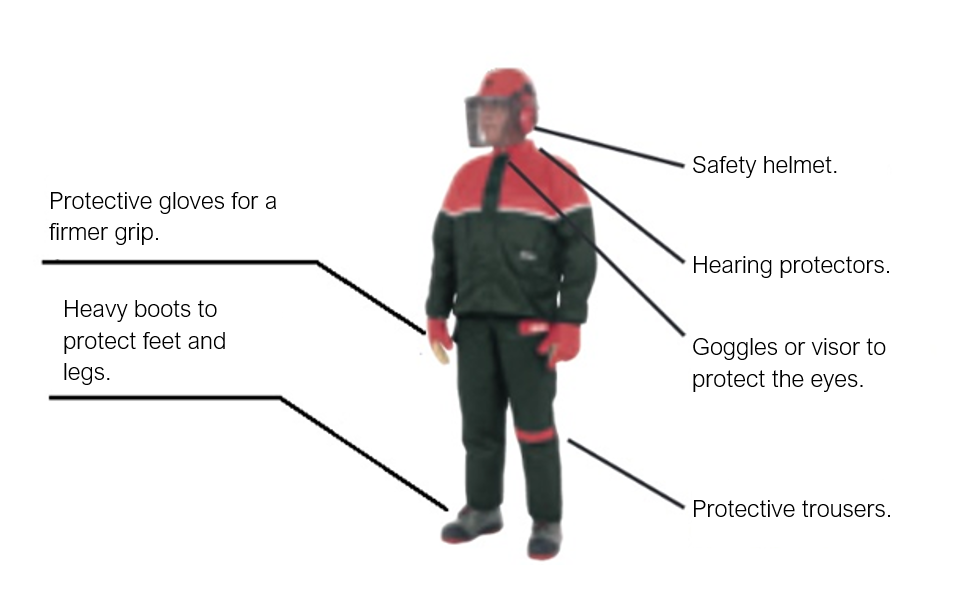
Before buying a chainsaw, it is necessary to acquire a minimum level of expertise, as it is a dangerous tool and requires careful reading of the instruction manual. Furthermore, you should always work in complete safety and keep the work area clear of unnecessary obstacles, both for your own safety and that of others.
It is also very important to have the appropriate safety equipment (safety helmet, hearing protectors, cutting protective gloves and anti cut protection work shoes).
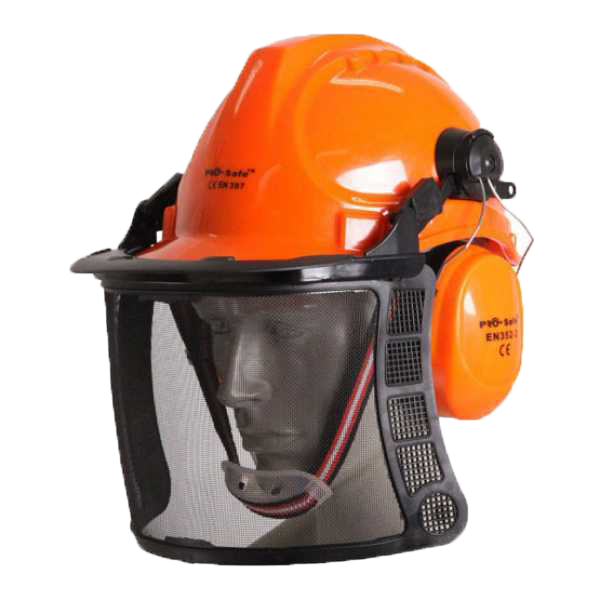
Safety helmets 
Anti-cut protection work jackets 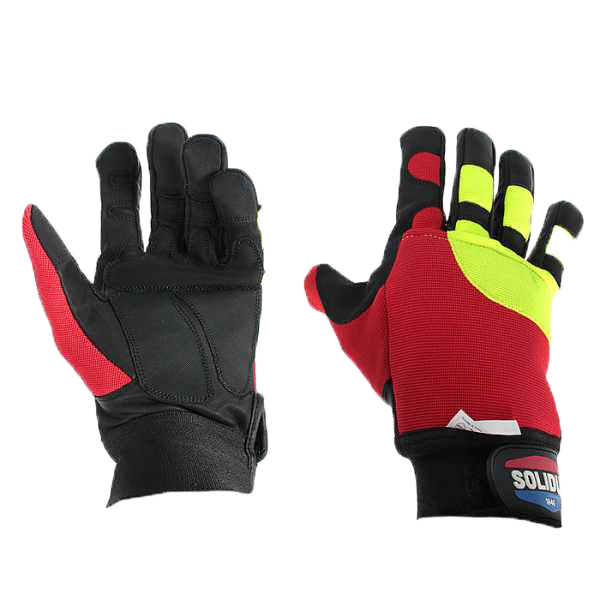
Cutting protective gloves 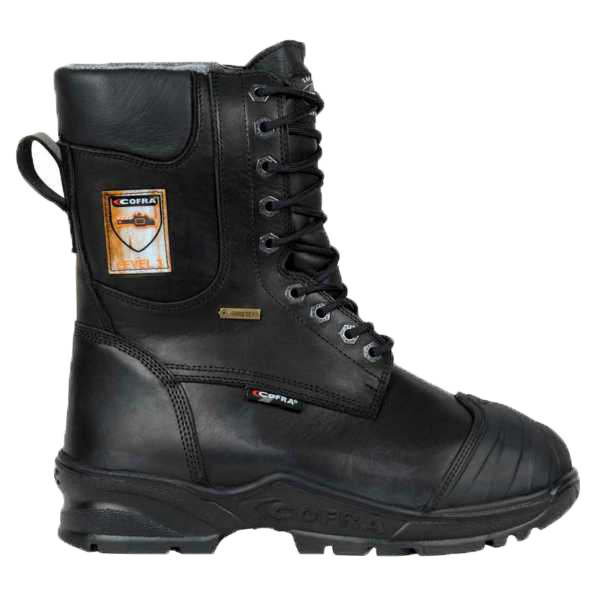
Anti-cut protection work shoes 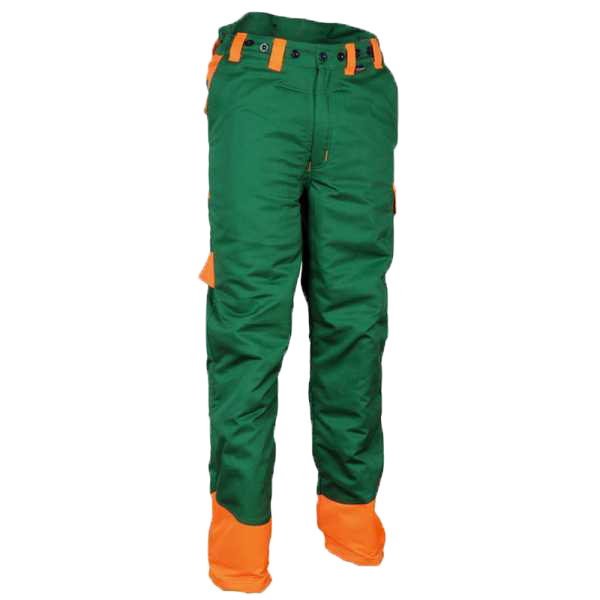
Anti-cut work trousers 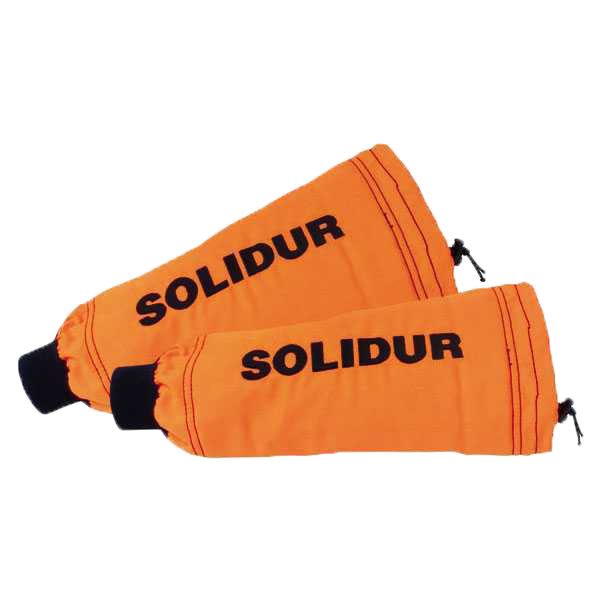
Anti-cut sleeves
Nowadays, all chainsaws on the market are equipped with various safety systems, the most important of which is the chain brake, which can stop the chain operation at any time (its functioning will be discussed in more detail below).
After this brief introduction, you can start choosing the chainsaw best suited to your needs by following the advice in this guide.
2. The displacement and the 2-stroke engine
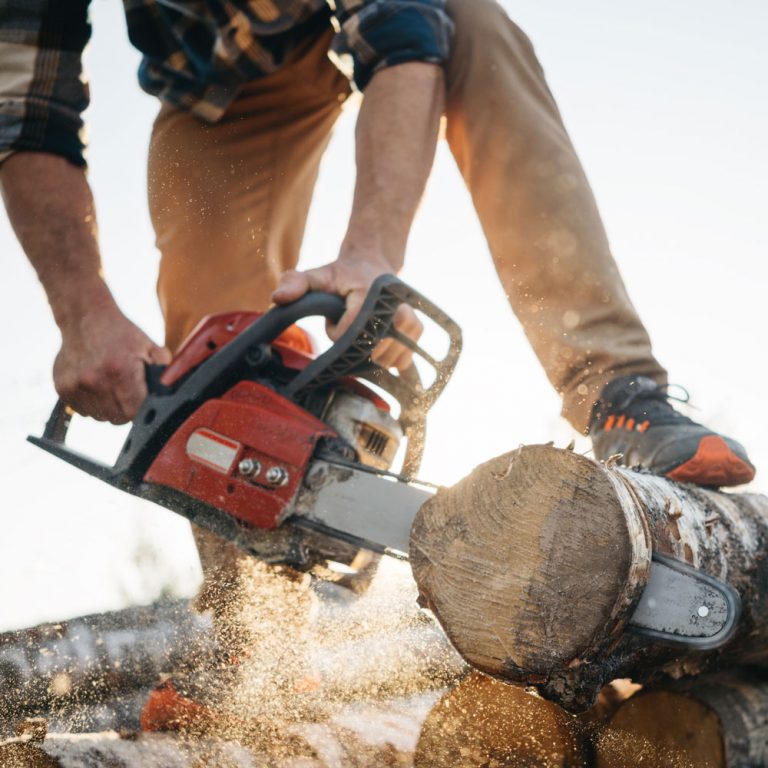
The displacement of the chainsaw must be closely related to the required application and frequency of use.
Large cuts require more power than small-diameter cuts, for which a handy and versatile machine is much more suitable.
It should be recalled that the displacement of a chainsaw is expressed in cubic centimetres (cc) and it corresponds to the space available (volume) for air and fuel to enter the combustion chamber (the displacement is closely related to the weight of the chainsaw; the larger the displacement, the heavier the chainsaw). Horsepower, which is expressed as HP (1 HP = 0.98631 HP), is the power of the engine (engines of the same displacement can express different powers).
The vast majority of petrol chainsaws are fitted with a classic 2-stroke engine. These models are undoubtedly the most common and most sought-after motoring solution for users. But why are 2-stroke engines so popular in chainsaws? What are their real benefits?
- Higher power for the same displacement compared to 4-stroke engine
- Greater suitability to professional use
- Higher torque than 4-stroke engines
- Low weight and easy handling
- Constructive simplicity
- Easier maintenance *
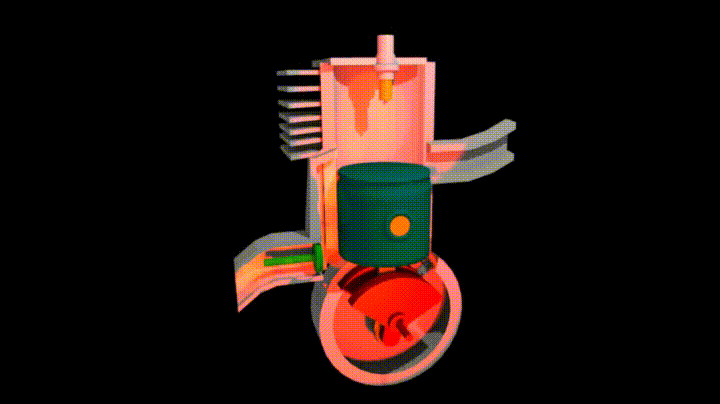
*in this respect, we suggest you to take a look at our Guide to 2-stroke Engine Maintenance for more information about the technical features pf this type of engine.
3. Bar type and length
The bar of a chainsaw is the metal part that guides the chain. The length of the bar should always be proportionate to the work to be carried out, also taking into account the power of the engine. In fact, the bar is directly proportional to the power of the chainsaw. There are essentially two types of bar: carving and standard. This distinction can only be made for pruning chainsaws, which usually have an engine capacity between 20 and 30 cc. The carving bar is easily recognisable by its spindle-shape at the tip and is specifically designed for precision cuts, while the standard bar has a more linear shape and features an adjustable pin at its end.
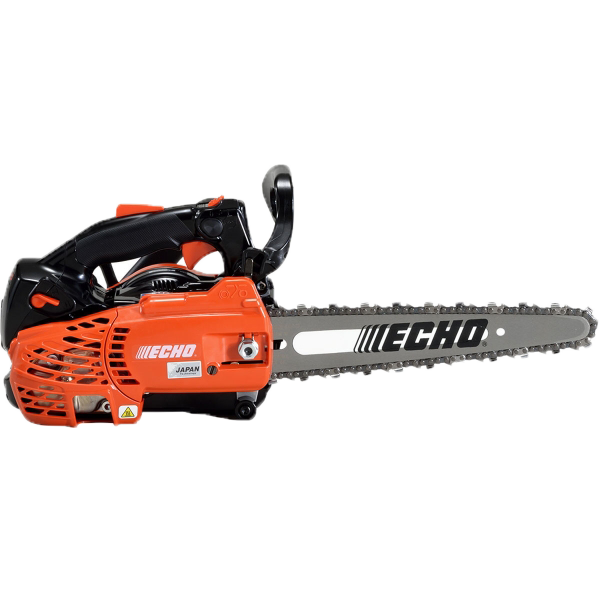
Echo Pruning Chainsaw with Carving Bar 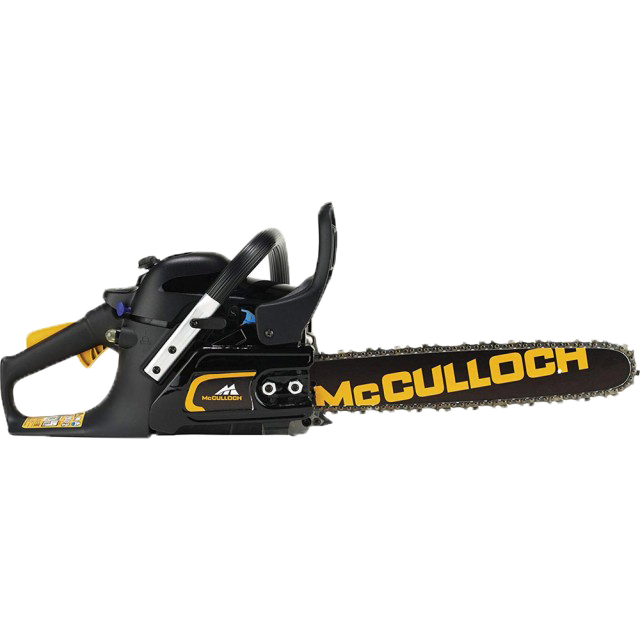
McCulloch Cutting Chainsaw with Standard Bar
4. Chainsaws classification
The first type includes chainsaws for pruning: compact machines that are handy, versatile and lightweight. They are small-sized chainsaws designed for one-handed operation, thanks to the practical handle, very similar to that of a flatiron. These lightweight small-displacement chainsaws for pruning are particularly practical for pruning olive trees, orchards or other plants. They allow to move quickly and safely even up ladders to reach the highest branches. Their bar never exceeds 30 cm.
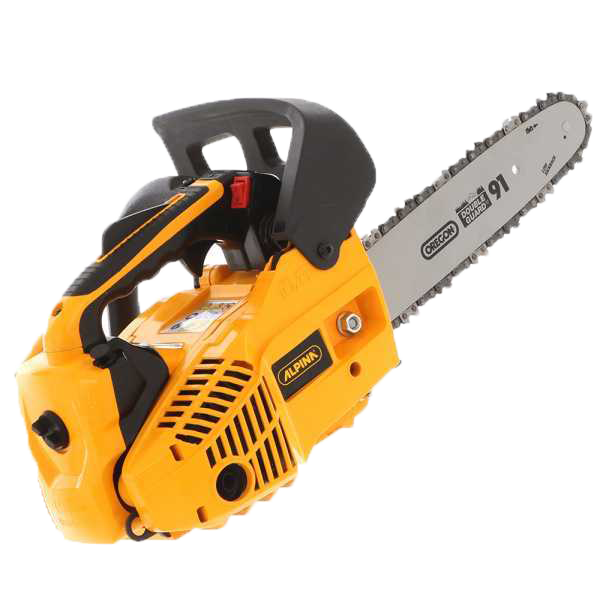
Alpina A 305 Light Pruning Chainsaw 
IBEA 3900 HD Heavy-duty Pruning Chainsaw
Light 2-stroke chainsaws from 30cc to 39cc are small-sized, safe and practical tools equipped with a double grip. Designed for hobby or professional users who need a very light all-purpose chainsaw, these tools combine lightness with the safety and solidity of the grip provided by the dual handle system (these machines are normally chosen by an average user, given their great practicality and handling). This type of chainsaw is suitable for pruning operations in the garden and for cutting small trees.
These machines require more experience of use. They can be operated for limbing and felling small trunks. Because they have a larger displacement and heavier weight than light chainsaws, they cannot be held with just one hand and require the use of both hands.
These machines are mainly used for felling and are very powerful. They are equipped with a solid, ergonomic handle for a firm, secure grip. They usually have a quick and easy system for mounting and dismounting the bar combined with easy chain tensioning.
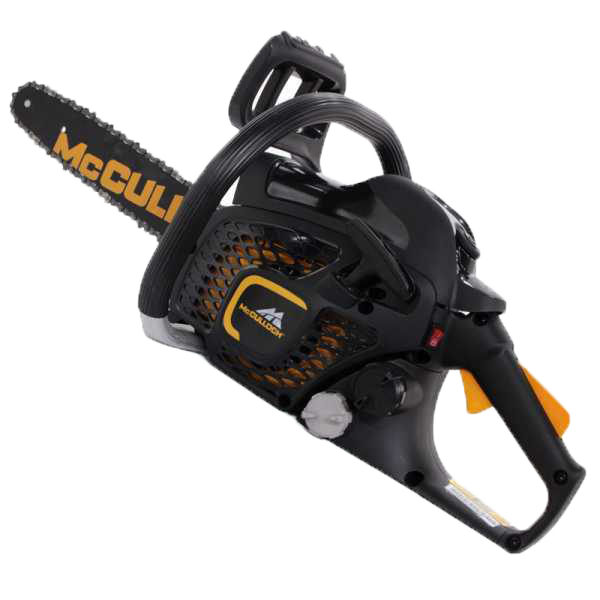
McCulloch CS 35 Light Chainsaw for Cutting 
Echo CS4510ES Medium Chainsaw for Cutting 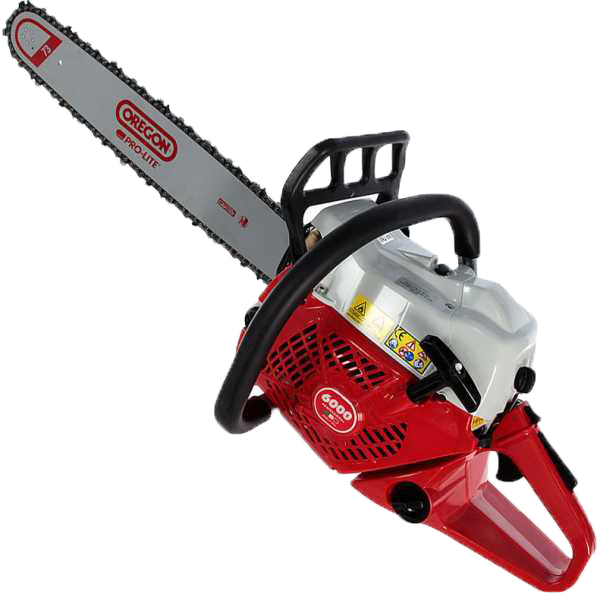
IBEA IB 6000 Heavy-duty Chainsaw for Cutting
5. Safety systems
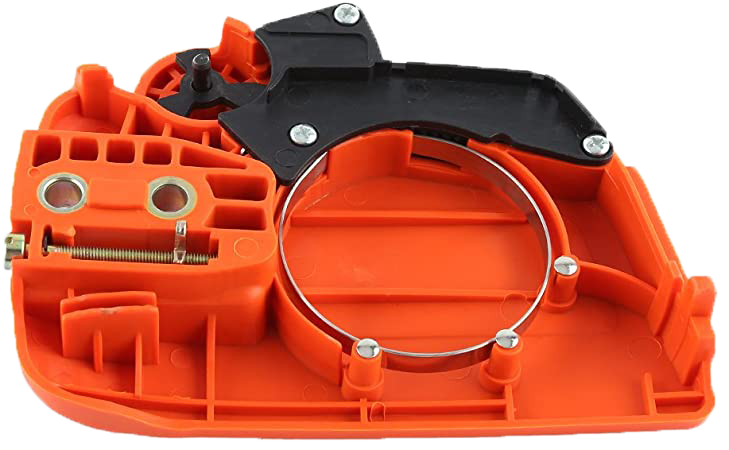
In addition to personal protective equipment (gloves, dungarees, protection work shoes and safety helmet), a good chainsaw itself is equipped with a number of safety systems, one of which is the chain brake. This system stops the chain operation in the event of a jolt and is activated when the guard in front of the grip is pushed forward.
Its operation is simple: when the anti-kickback protection is placed forward, a metal ring tightens the clutch drum and stops its activity. Please note that this safety system is also used during standstill, to ensure that the machine is idle.
6. Chain assembly and correct tensioning
Before cutting timber, it is important to know how to fit a chain by tensioning it correctly and to check that the lubrication oil is flowing properly. In addition to the fuel-oil mix tank, chainsaws also feature a second tank in which oil is filled in to lubricate the chain (normally the ratio should be one full tank of fuel-oil mix to one full tank of chain oil). Always check the condition of the chain and the function of the various safety devices before cutting. It should also be noted that the chain has only one cutting side, which is the one that actually cuts the wood, and therefore the chain has a direction (see picture).
It is also very important to check the correct tensioning of the chain: this part must adhere well to the bar without hindering the normal movement. Please note that for chainsaws with a carving bar the chain must be less tensioned, half of the guide links must be visible in the lower bar guide. This is due to the small radius of the bar tip, where, if the chain is over-tensioned, considerable stresses may occur.
There is not just one type of chain!
As we have seen in the previous sections, there are various types of bars. Similarly, chains, being designed for various uses, can have both different pitches and number of links.
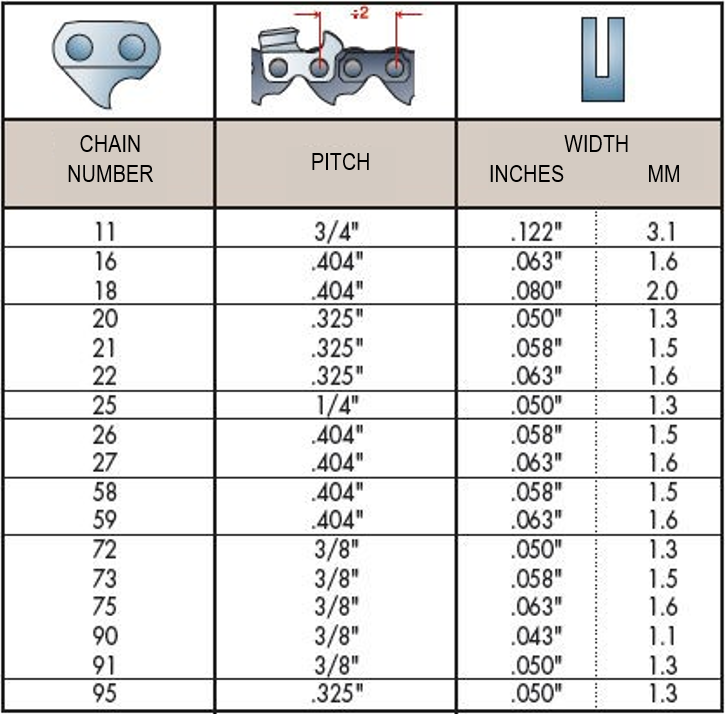
7. Choosing the brand
When choosing the best chainsaw, the choice of brand is no less important, as it is closely linked to the product reliability.
With the same displacement you can find very similar brands, but personal taste and brand trustworthiness also play a role in the choice.
When buying a product such as a chainsaw, price is not the only element to take into account. As they are work machines, they will also need maintenance and spare parts. So it is always a good idea to buy from a dealer who offers these services, so as to be ready in every situation.
If you are looking for a product intended for more intensive and professional use, you should opt for high quality, renowned brands such as:
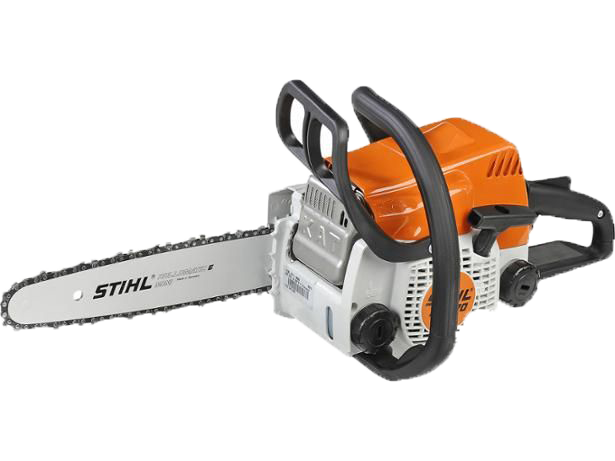
Stihl 
Husqvarna 
Jonsered 
Echo 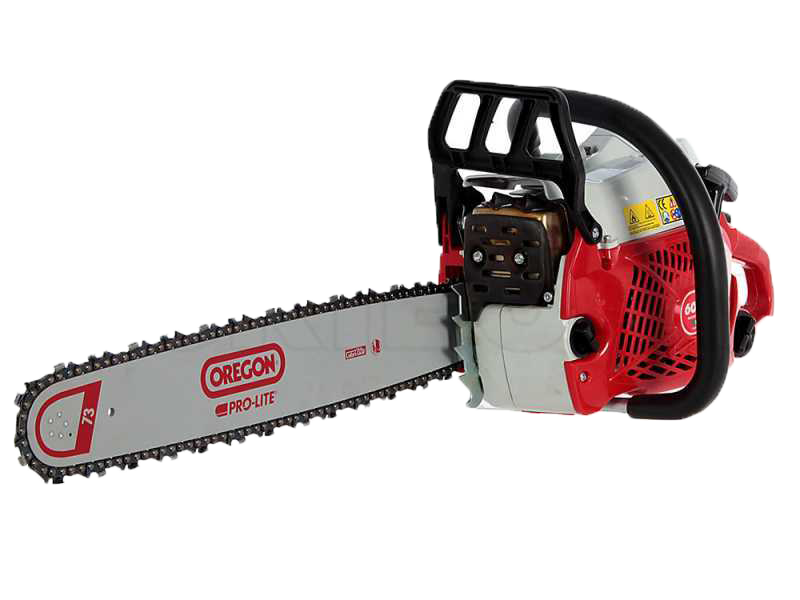
Ibea



